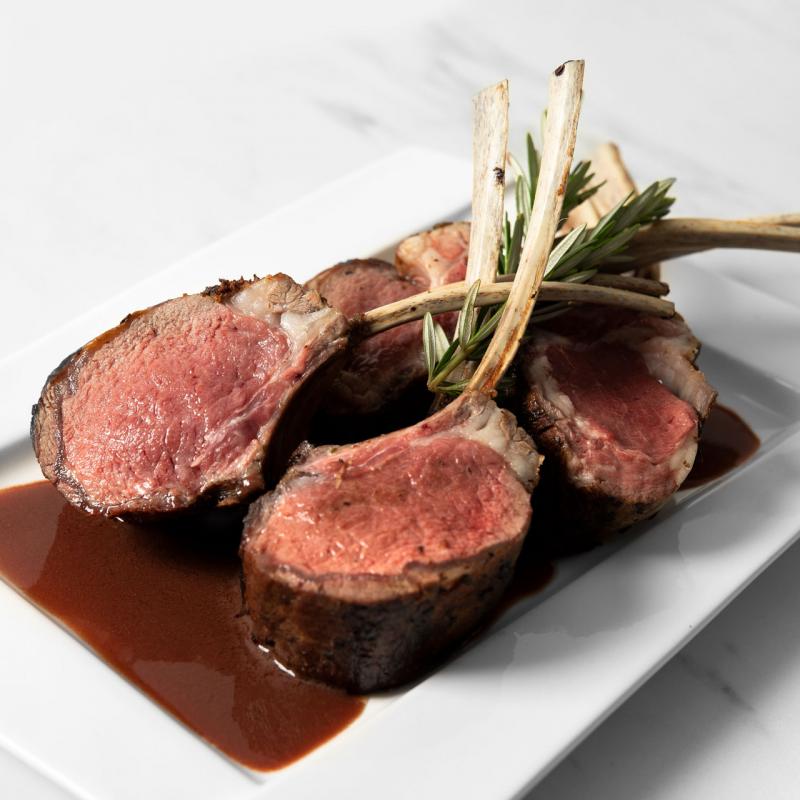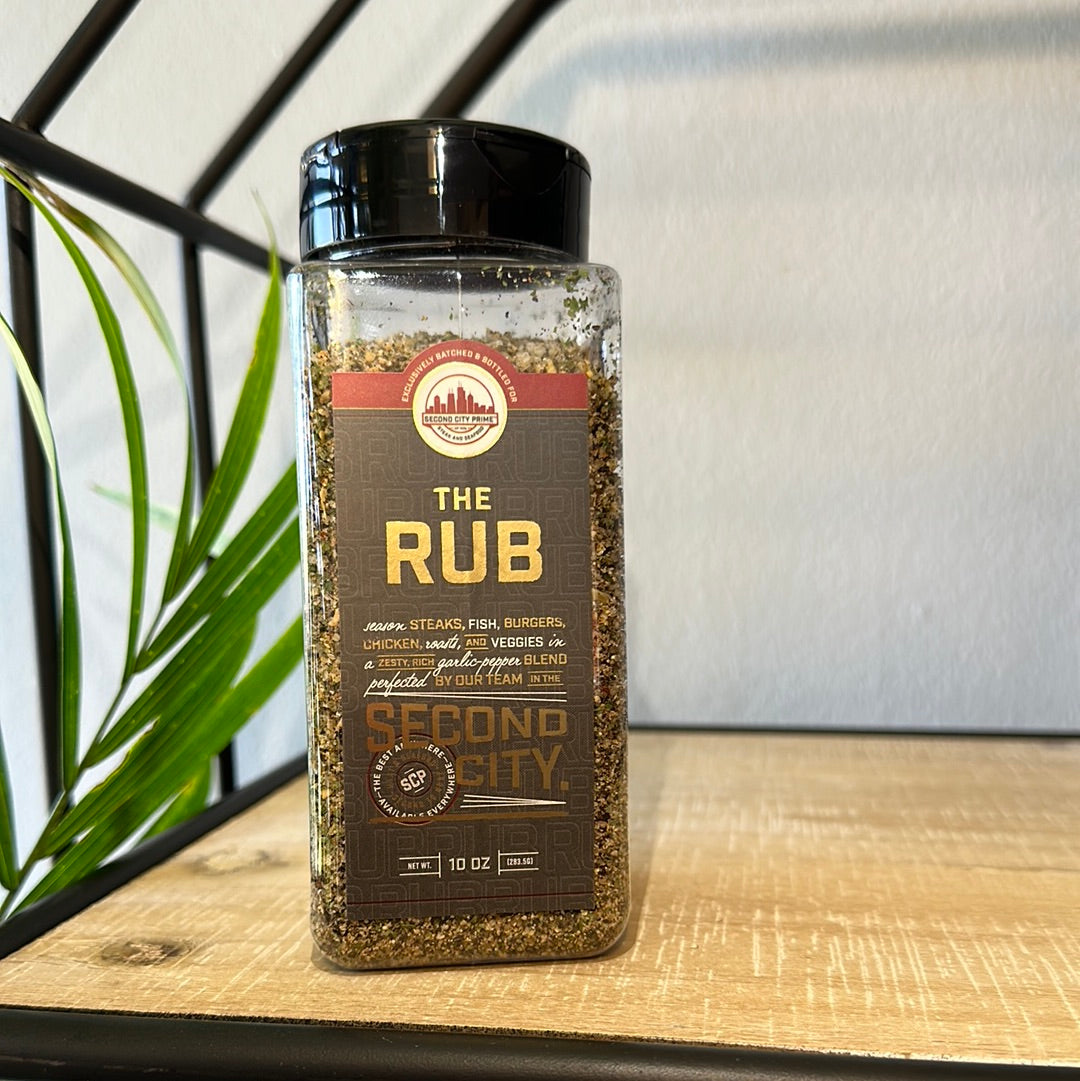The Ultimate Guide to Wagyu Beef: What Makes These Steaks Worth Every Penny
Few culinary experiences rival the first bite of a perfectly cooked Wagyu steak. That moment when the intricately marbled fat melts on your tongue, releasing a buttery, umami-rich flavor that no other beef can match. But what exactly makes Wagyu steaks so special, and why do they command such premium prices? In this comprehensive guide, we'll explore everything you need to know about these exceptional cuts of beef.
What Is Wagyu Beef?
Wagyu (pronounced "wah-gyoo") translates literally to "Japanese cow." However, this simple translation doesn't begin to capture the exceptional qualities that set this beef apart. Authentic Wagyu comes from specific Japanese cattle breeds—primarily the Japanese Black (Kuroge Washu), which represents about 90% of all Wagyu beef.
What distinguishes Wagyu cattle is their genetic predisposition to develop intense marbling—the intricate patterns of intramuscular fat that give the meat its melt-in-your-mouth texture and extraordinary flavor profile.
The Four Japanese Wagyu Breeds
-
Japanese Black (Kuroge Washu): Known for its abundant marbling and the primary source of A5 Wagyu
-
Japanese Brown (Akage Washu): Leaner than Black Wagyu, with a stronger beef flavor
-
Japanese Shorthorn (Nihon Tankaku Washu): Leaner still, with a gamier taste profile
-
Japanese Polled (Mukaku Washu): The rarest of the four, with limited production
Understanding Wagyu Beef Grades
When shopping for Wagyu steaks, you'll encounter various grading terminologies. Understanding these grades is crucial for making informed purchasing decisions.
Japanese Wagyu Grading System

The Japanese grading system is widely considered the most rigorous beef grading method in the world. It evaluates beef on two primary criteria:
-
Yield Grade: Rated from A to C, indicating the amount of usable meat from the cattle
-
Quality Grade: Rated from 1 to 5, based on:
-
Marbling (BMS: Beef Marbling Score, from 1-12) o Meat color and brightness
-
Firmness and texture
-
Fat quality and color
The coveted A5 designation represents the highest possible grade—"A" for yield and "5" for quality. To achieve a quality score of 5, the beef must have a BMS of 8-12, which represents extraordinary marbling.
-
American Wagyu Grading
American Wagyu, typically a crossbreed between Japanese Wagyu cattle and Angus cattle, follows the USDA grading system:
-
Prime: The highest USDA grade, though still generally less marbled than Japanese A5
-
Choice: Good marbling, but noticeably less than Prime
-
Select: Minimal marbling
Most American Wagyu falls into the USDA Prime category, but the marbling is usually less intense than Japanese A5 Wagyu.
Japanese vs. American Wagyu: What's the Difference?

While both Japanese and American Wagyu offer exceptional quality compared to conventional beef, there are significant differences worth understanding:
| Characteristic | Japanese Wagyu | American Wagyu |
|---|---|---|
| Genetics | 100% Wagyu bloodline | Typically Wagyu-Angus crossbreed |
| Marbling | Extremely dense, fine marbling | Good marbling, but less intense |
| Flavor | Buttery, umami-rich, subtle | Robust beef flavor with buttery notes |
| Texture | Extraordinarily tender | Very tender |
| Price | $100–200+ per pound | $30–100 per pound |
| Availability | Limited, often requires special ordering | More widely available |
Popular Wagyu Steak Cuts
Wagyu cattle produce the same cuts as other beef cattle, but certain cuts particularly showcase Wagyu's exceptional qualities:
Ribeye (Scotch Fillet)
The ribeye comes from the rib section and features abundant marbling throughout. This cut offers an exemplary Wagyu experience with a perfect balance of tender meat and rich fat.
Striploin (New York Strip)
The striploin provides a firmer texture than ribeye while still offering excellent marbling. This cut delivers a robust beef flavor with the characteristic buttery finish of Wagyu.
Tenderloin (Filet Mignon)
While naturally tender, Wagyu elevates the tenderloin to extraordinary heights. Though less marbled than ribeye or striploin, Wagyu tenderloin still offers significantly more marbling than conventional beef.
A5 Japanese Wagyu Ribeye
How to Cook Wagyu Steak Perfectly

Cooking Wagyu requires a different approach than conventional steaks due to its high fat content and delicate flavor profile.
Essential Equipment
- Cast iron skillet: Provides even heat distribution
- Instant-read thermometer: Crucial for precision cooking
- Sharp knife: For proper portioning and serving
- Himalayan salt or high-quality sea salt: Enhances flavor without overwhelming
Step-by-Step Cooking Method
1. Preparation:
- Remove your Wagyu from refrigeration 30–60 minutes before cooking
- Pat dry with paper towels
- Season minimally with salt (pepper optional)
- Cut larger steaks into portions (3–4 oz per person recommended due to richness)
2. Cooking:
- Heat a cast iron skillet over medium-high heat
- For A5 Wagyu, no oil is necessary as the beef releases sufficient fat
- Sear each side for 1–2 minutes (for A5) or 2–3 minutes (for American Wagyu)
- Use tongs to sear the edges briefly
- Rest for 5 minutes before serving
3. Temperature Guidelines:
- Rare: 120–125°F (49–52°C)
- Medium-rare: 130–135°F (54–57°C) – recommended for optimal experience
- Medium: 140–145°F (60–63°C)
- Well-done: Not recommended for Wagyu
Common Mistakes to Avoid
- Overcooking: Wagyu's fat melts at a lower temperature than conventional beef. Cooking beyond medium-rare risks losing the characteristic texture and flavor.
- Over-seasoning: The complex flavor profile of Wagyu needs minimal enhancement. Let the beef's natural flavor shine.
- Serving portions too large: Wagyu is incredibly rich. Smaller portions (3–4 oz) provide a better experience than conventional steak-sized portions.
- Not resting the meat: Allowing Wagyu to rest after cooking is crucial for optimal texture and flavor.
Wagyu Pairing Recommendations
The rich, buttery character of Wagyu pairs wonderfully with certain accompaniments:
Wine Pairings
- Bold reds: Cabernet Sauvignon, Malbec, or Syrah complement American Wagyu
- Medium-bodied reds: Pinot Noir or Sangiovese balance Japanese A5 without overwhelming
- Full-bodied whites: Aged Chardonnay can provide a surprising pairing
Side Dishes
- Simple vegetables: Asparagus, mushrooms, or roasted root vegetables
- Starches: Truffle mashed potatoes or simple Japanese rice
- Light salads: Arugula with lemon and Parmesan offers palate-cleansing acidity
Health Considerations of Wagyu Beef
Despite its high fat content, Wagyu offers some surprising nutritional benefits:
- Monounsaturated fats: Wagyu contains more monounsaturated fats (the "good" fats) than typical beef
- Omega-3 and omega-6 fatty acids: Present in higher concentrations than conventional beef
Conjugated Linoleic Acid (CLA)
Wagyu contains up to 30% more CLA than regular beef, potentially offering anti-inflammatory benefits.
However, moderation remains key due to its caloric density. A 3–4 oz portion provides a satisfying experience without excess.
Where to Buy Premium Wagyu Steaks
Finding authentic Wagyu requires careful sourcing:
What to Look For
- Certification: Legitimate Japanese Wagyu comes with a certificate of authenticity
- Marbling: Visual inspection should show fine, web-like marbling
- Traceability: The best suppliers provide information about the cattle's origin
- Grading: Clear indication of Japanese grade (A5, A4, etc.) or USDA grade for American Wagyu
Premium Online Retailers
- Second City Prime: Offering both authentic Japanese A5 Wagyu and American Wagyu with full traceability
- Specialty butchers with Japanese import licenses
- High-end grocery stores with dedicated Wagyu programs
The Sustainable Side of Wagyu
Many Wagyu producers embrace sustainable farming practices:
- Longer raising periods: 2–3 years versus 15–18 months for conventional beef
- Ethical treatment: The careful raising of Wagyu cattle often entails better living conditions
- Resource efficiency: Higher value per animal can support more sustainable farming methods
- Reduced waste: The premium nature of Wagyu encourages nose-to-tail usage
Is Wagyu Worth the Price?
The question many ask: Is Wagyu really worth its premium price tag?
Is Wagyu Worth the Price?
The answer depends on what you value in a culinary experience. Wagyu offers:
- Unmatched texture: No other beef provides the same melt-in-your-mouth experience
- Complex flavor profile: The depth of flavor is unmistakably different from conventional beef
- Special occasion status: The unique experience makes it ideal for celebrations and milestones
- Culinary education: Experiencing Wagyu provides a deeper understanding of beef quality factors
For many beef enthusiasts, trying authentic Wagyu at least once is considered a must. Whether it becomes a regular indulgence depends on personal preferences and budget.
Frequently Asked Questions About Wagyu Steaks
Q: Can I grill Wagyu steaks?
A: While possible, grilling risks flare-ups from dripping fat. For A5 Wagyu, pan-searing offers better control. American Wagyu can perform well on a grill with careful monitoring.
Q: How should I store Wagyu beef?
A: Keep refrigerated and use within 3–5 days, or freeze for up to 6 months wrapped tightly in freezer paper and plastic wrap. Thaw slowly in the refrigerator.
Q: What's the difference between Kobe beef and Wagyu?
A: Kobe is a type of Wagyu produced specifically in Kobe, Japan, from Tajima-strain Japanese Black cattle. All Kobe beef is Wagyu, but not all Wagyu is Kobe.
Q: Why is Japanese Wagyu so expensive?
A: Limited production, strict grading standards, special feeding regimens, and import costs all contribute to the premium price of Japanese Wagyu.
Q: Can I cook Wagyu from frozen?
A: For optimal results, always thaw Wagyu completely before cooking. Cooking from frozen won't allow proper heat distribution or fat rendering.
Conclusion
Wagyu steaks represent the pinnacle of beef quality, offering an unmatched dining experience for those who appreciate the extraordinary. Whether you choose the butter-soft luxury of Japanese A5 or the robust flavor of American Wagyu, these remarkable steaks provide a glimpse into what's possible when cattle breeding, feeding, and processing are elevated to an art form.
For your next special occasion—or simply to treat yourself to one of life's great gastronomic pleasures—consider experiencing the wonder of Wagyu. Your palate will never look at steak the same way again.
Ready to experience the extraordinary taste of premium Wagyu beef? Browse our selection of Japanese A5 and American Wagyu steaks, hand-selected for exceptional quality and delivered directly to your door.
Tags: Wagyu beef, Japanese A5 Wagyu, American Wagyu, premium steaks, marbled beef, luxury beef, cooking Wagyu, buying Wagyu






Leave a comment